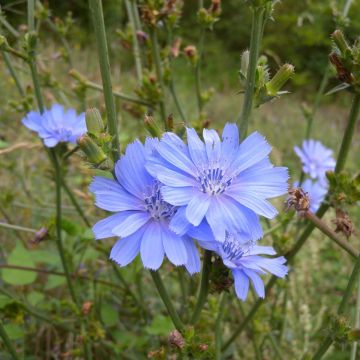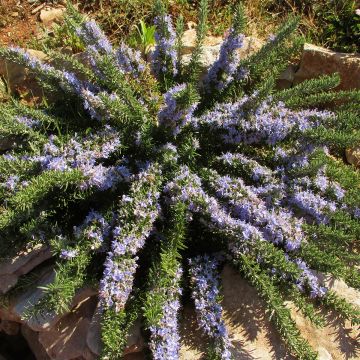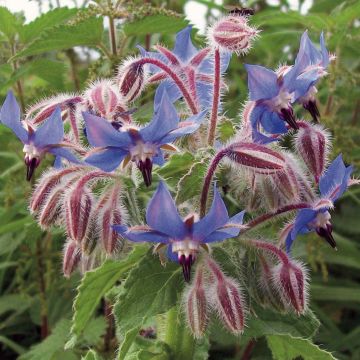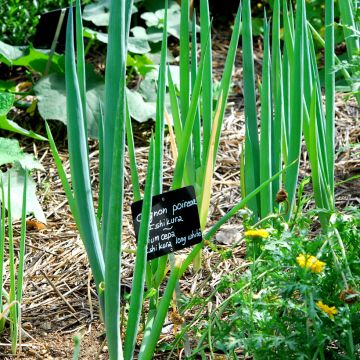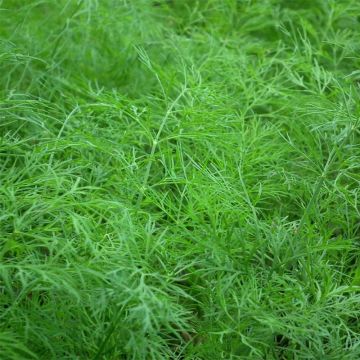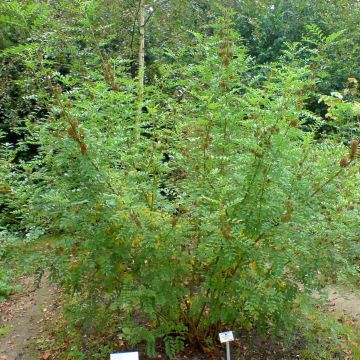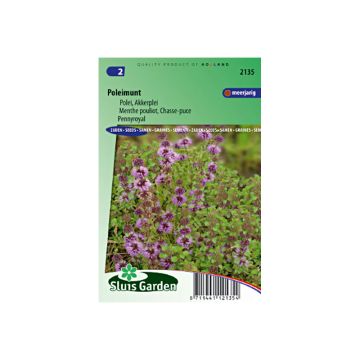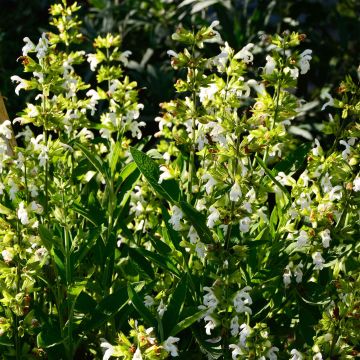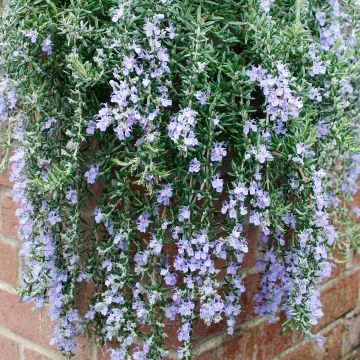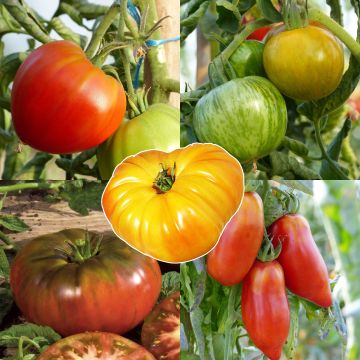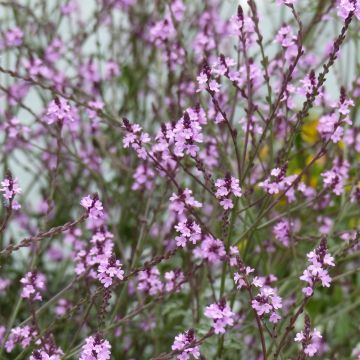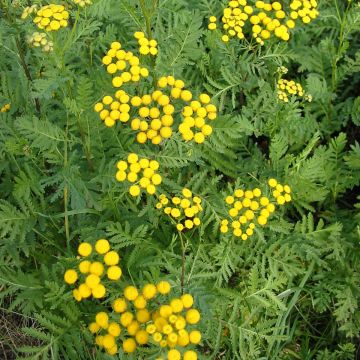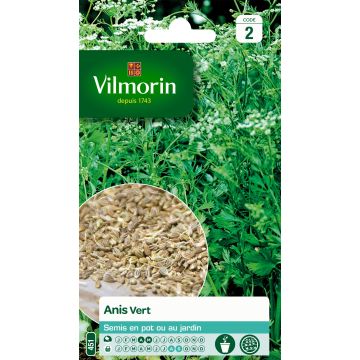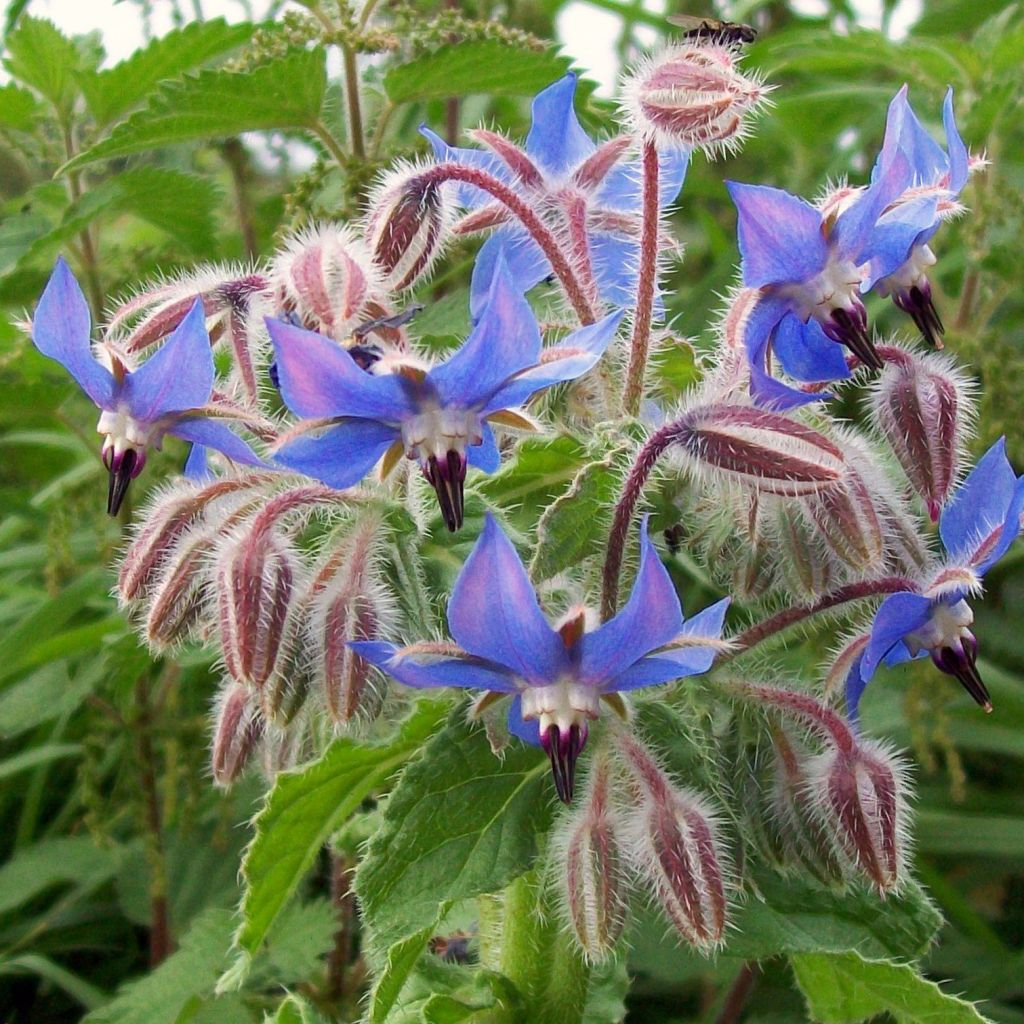

Borago officinalis
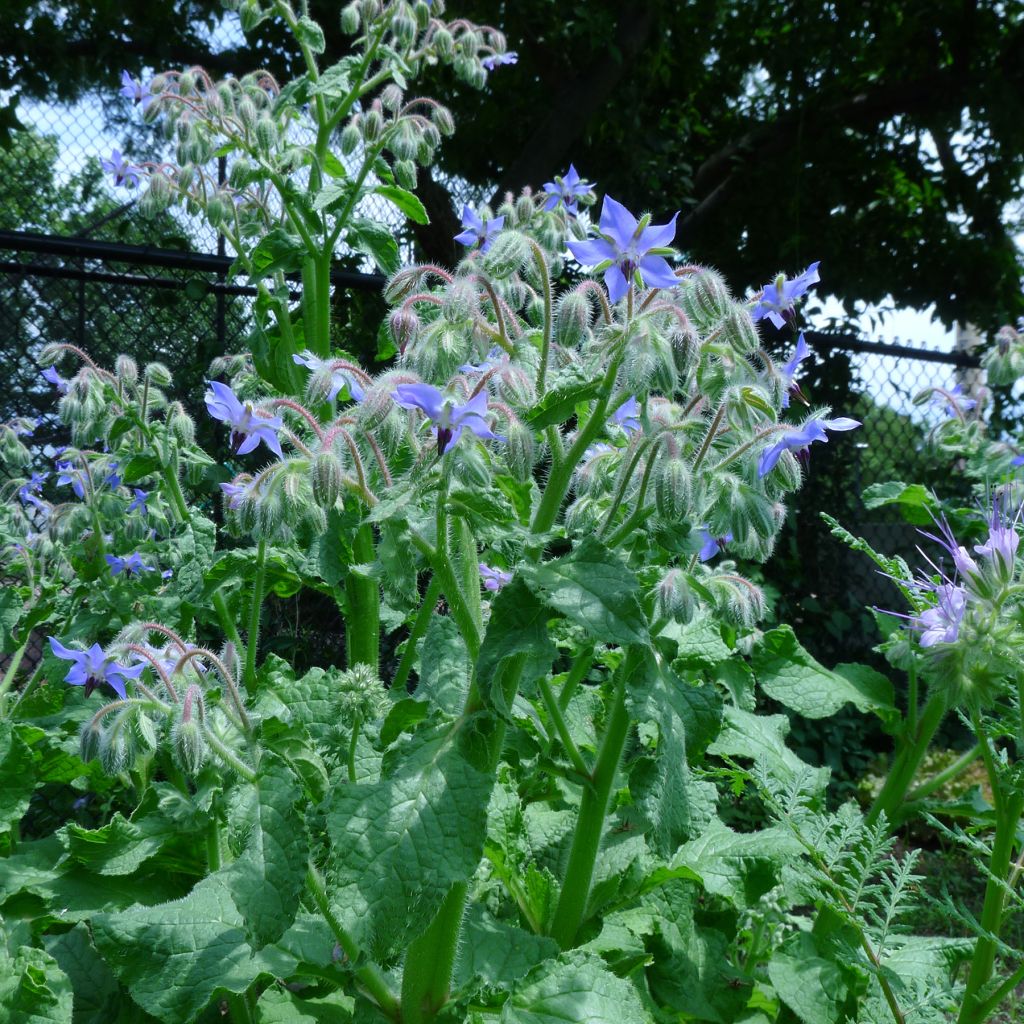

Borago officinalis


Borago officinalis
Borago officinalis
Borago officinalis
Borage, Starflower
Amazing...a real monster!!! I ended up moving it when it reached 1m (3ft) in height and 1m50 in width!! And I have a multitude of little shoots that have grown everywhere.
Myriam, 20/08/2021
Why not try an alternative variety in stock?
View all →This plant carries a 6 months recovery warranty
More information
We guarantee the quality of our plants for a full growing cycle, and will replace at our expense any plant that fails to recover under normal climatic and planting conditions.
From €5.90 for pickup delivery and €6.90 for home delivery
Express home delivery from €8.90.
Description
Borage is an annual plant from the Boraginaceae family. A rich source of nectar and native to Mediterranean countries, this medicinal plant offers beautiful star-shaped blue flowers. Easy to cultivate, it is planted in spring. The flowers and leaves are harvested as needed, from May to August.
Borage is an annual herbaceous plant that will reach a height of 60 cm (24in). You can grow it in the vegetable garden as well as in the garden. Placed on the edge of the vegetable garden, it contributes to better pollination in your garden by attracting bees. Planted next to lettuces, it repels slugs.
It appreciates deep, light and damp soils, as well as limestone soils. It does not need fertilisers. Plant it preferably in sunny locations. Flowers appear from May to June or even from March in Mediterranean climates.
Harvesting flowers: Cut the flowers when they are fully open with scissors or, even better, by hand by pinching the flower. Pick them as needed. The flowers have an oyster taste. They decorate dishes and can be used for their flavour in omelettes and salads.
Harvesting leaves: The harvesting of young leaves should be done before the appearance of flowers as they are more tender. The fresh leaves give off a slight cucumber smell and can be eaten in salads. More mature leaves can be cooked like spinach.
Preserving flowers: if it is the medicinal qualities of borage that you are looking for, then let it dry to preserve it. To do this, spread the flowers on a rack or tray in a dry, ventilated place, away from light or the flowers will easily turn brown.
The gardener's tip: plant borage as a green manure! Its roots will loosen the soil and its leaves are rich in potassium nitrate. Borage can be buried after 2 months of growth to enrich the soil.
Report an error about the product description
Borago officinalis in pictures
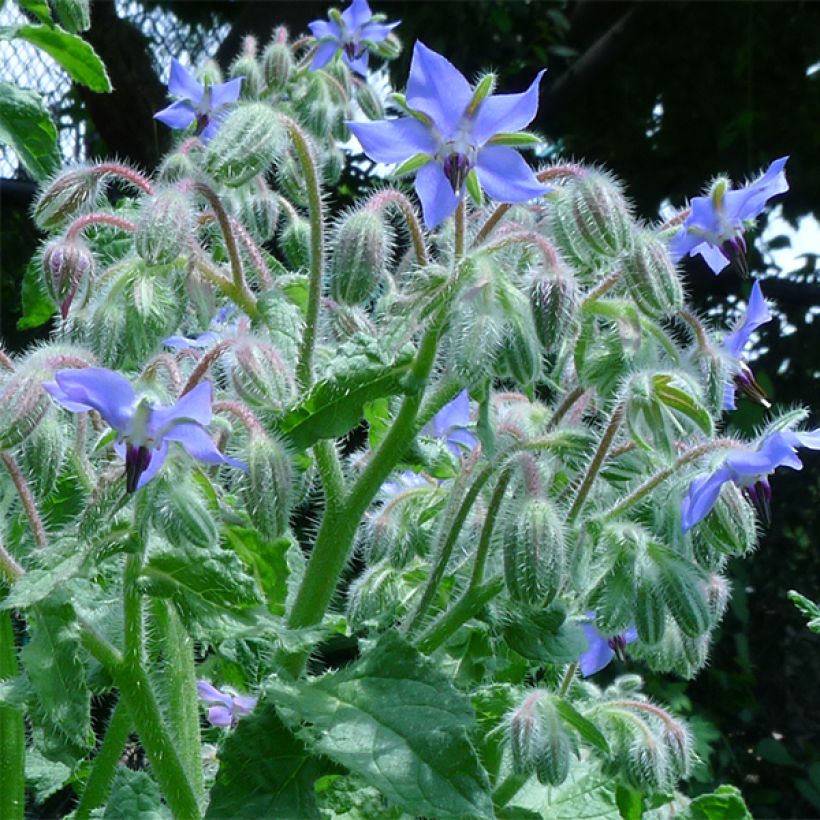





Harvest
Plant habit
Foliage
Other Herbs A to Z
Planting and care
Borage appreciates deep, light and moist soils, as well as limestone soils. It does not require fertilisers. Plant it in the spring preferably in sunny locations.
Dig a hole (3 times the volume of the root ball), place the root ball in the hole and cover with soil. Firmly press and water to keep the soil moist. Space the young plants 30 cm (12in) apart in all directions. Borage self-seeds spontaneously after flowering.
Cultivation
Care
Intended location
-
, onOrder confirmed
Reply from on Promesse de fleurs
Herbs
Haven't found what you were looking for?
Hardiness is the lowest winter temperature a plant can endure without suffering serious damage or even dying. However, hardiness is affected by location (a sheltered area, such as a patio), protection (winter cover) and soil type (hardiness is improved by well-drained soil).

Photo Sharing Terms & Conditions
In order to encourage gardeners to interact and share their experiences, Promesse de fleurs offers various media enabling content to be uploaded onto its Site - in particular via the ‘Photo sharing’ module.
The User agrees to refrain from:
- Posting any content that is illegal, prejudicial, insulting, racist, inciteful to hatred, revisionist, contrary to public decency, that infringes on privacy or on the privacy rights of third parties, in particular the publicity rights of persons and goods, intellectual property rights, or the right to privacy.
- Submitting content on behalf of a third party;
- Impersonate the identity of a third party and/or publish any personal information about a third party;
In general, the User undertakes to refrain from any unethical behaviour.
All Content (in particular text, comments, files, images, photos, videos, creative works, etc.), which may be subject to property or intellectual property rights, image or other private rights, shall remain the property of the User, subject to the limited rights granted by the terms of the licence granted by Promesse de fleurs as stated below. Users are at liberty to publish or not to publish such Content on the Site, notably via the ‘Photo Sharing’ facility, and accept that this Content shall be made public and freely accessible, notably on the Internet.
Users further acknowledge, undertake to have ,and guarantee that they hold all necessary rights and permissions to publish such material on the Site, in particular with regard to the legislation in force pertaining to any privacy, property, intellectual property, image, or contractual rights, or rights of any other nature. By publishing such Content on the Site, Users acknowledge accepting full liability as publishers of the Content within the meaning of the law, and grant Promesse de fleurs, free of charge, an inclusive, worldwide licence for the said Content for the entire duration of its publication, including all reproduction, representation, up/downloading, displaying, performing, transmission, and storage rights.
Users also grant permission for their name to be linked to the Content and accept that this link may not always be made available.
By engaging in posting material, Users consent to their Content becoming automatically accessible on the Internet, in particular on other sites and/or blogs and/or web pages of the Promesse de fleurs site, including in particular social pages and the Promesse de fleurs catalogue.
Users may secure the removal of entrusted content free of charge by issuing a simple request via our contact form.
The flowering period indicated on our website applies to countries and regions located in USDA zone 8 (France, the United Kingdom, Ireland, the Netherlands, etc.)
It will vary according to where you live:
- In zones 9 to 10 (Italy, Spain, Greece, etc.), flowering will occur about 2 to 4 weeks earlier.
- In zones 6 to 7 (Germany, Poland, Slovenia, and lower mountainous regions), flowering will be delayed by 2 to 3 weeks.
- In zone 5 (Central Europe, Scandinavia), blooming will be delayed by 3 to 5 weeks.
In temperate climates, pruning of spring-flowering shrubs (forsythia, spireas, etc.) should be done just after flowering.
Pruning of summer-flowering shrubs (Indian Lilac, Perovskia, etc.) can be done in winter or spring.
In cold regions as well as with frost-sensitive plants, avoid pruning too early when severe frosts may still occur.
The planting period indicated on our website applies to countries and regions located in USDA zone 8 (France, United Kingdom, Ireland, Netherlands).
It will vary according to where you live:
- In Mediterranean zones (Marseille, Madrid, Milan, etc.), autumn and winter are the best planting periods.
- In continental zones (Strasbourg, Munich, Vienna, etc.), delay planting by 2 to 3 weeks in spring and bring it forward by 2 to 4 weeks in autumn.
- In mountainous regions (the Alps, Pyrenees, Carpathians, etc.), it is best to plant in late spring (May-June) or late summer (August-September).
The harvesting period indicated on our website applies to countries and regions in USDA zone 8 (France, England, Ireland, the Netherlands).
In colder areas (Scandinavia, Poland, Austria...) fruit and vegetable harvests are likely to be delayed by 3-4 weeks.
In warmer areas (Italy, Spain, Greece, etc.), harvesting will probably take place earlier, depending on weather conditions.
The sowing periods indicated on our website apply to countries and regions within USDA Zone 8 (France, UK, Ireland, Netherlands).
In colder areas (Scandinavia, Poland, Austria...), delay any outdoor sowing by 3-4 weeks, or sow under glass.
In warmer climes (Italy, Spain, Greece, etc.), bring outdoor sowing forward by a few weeks.






































